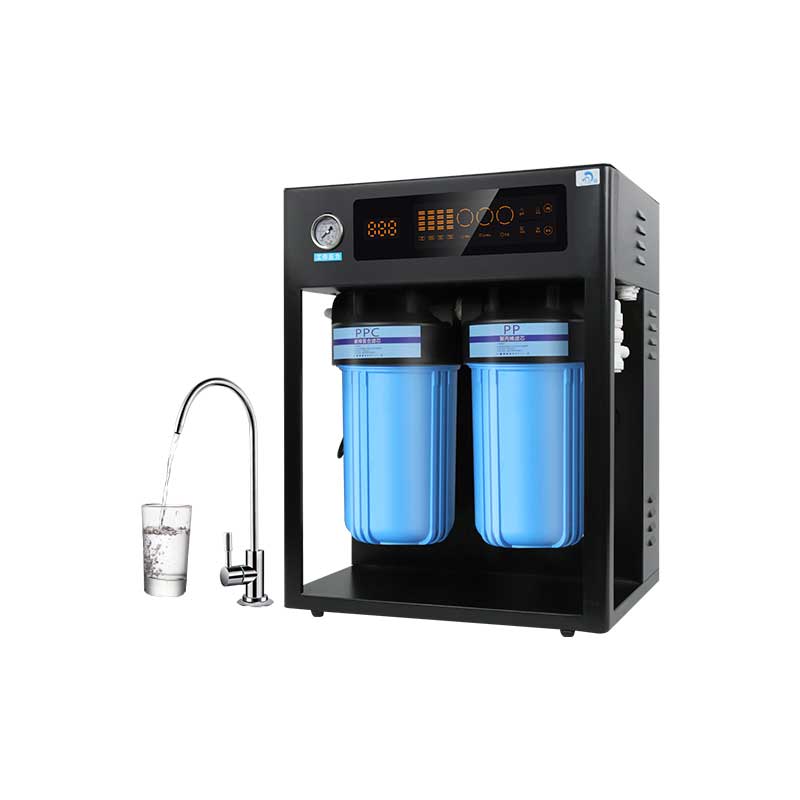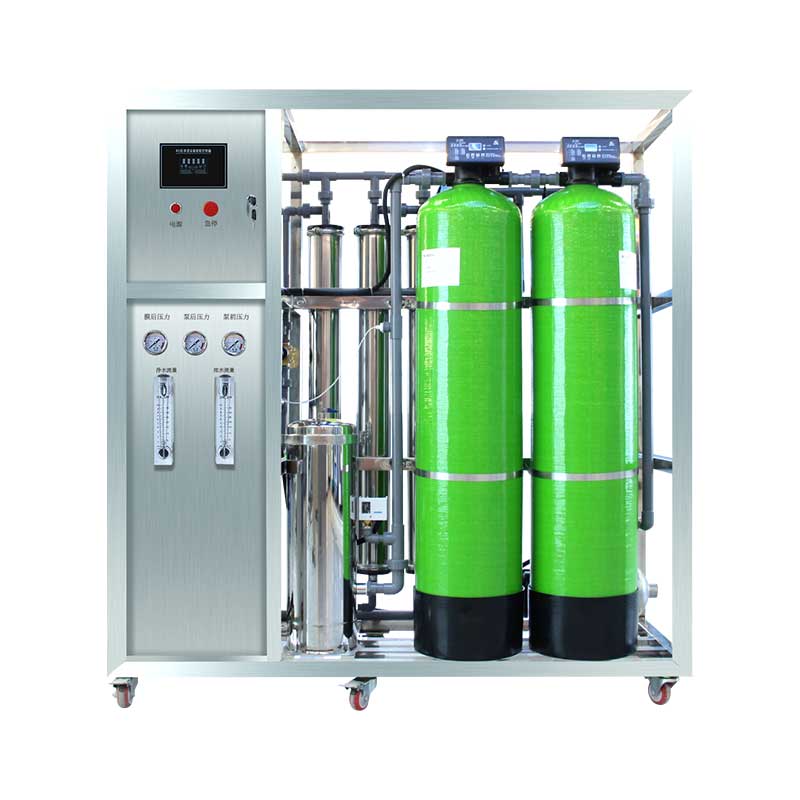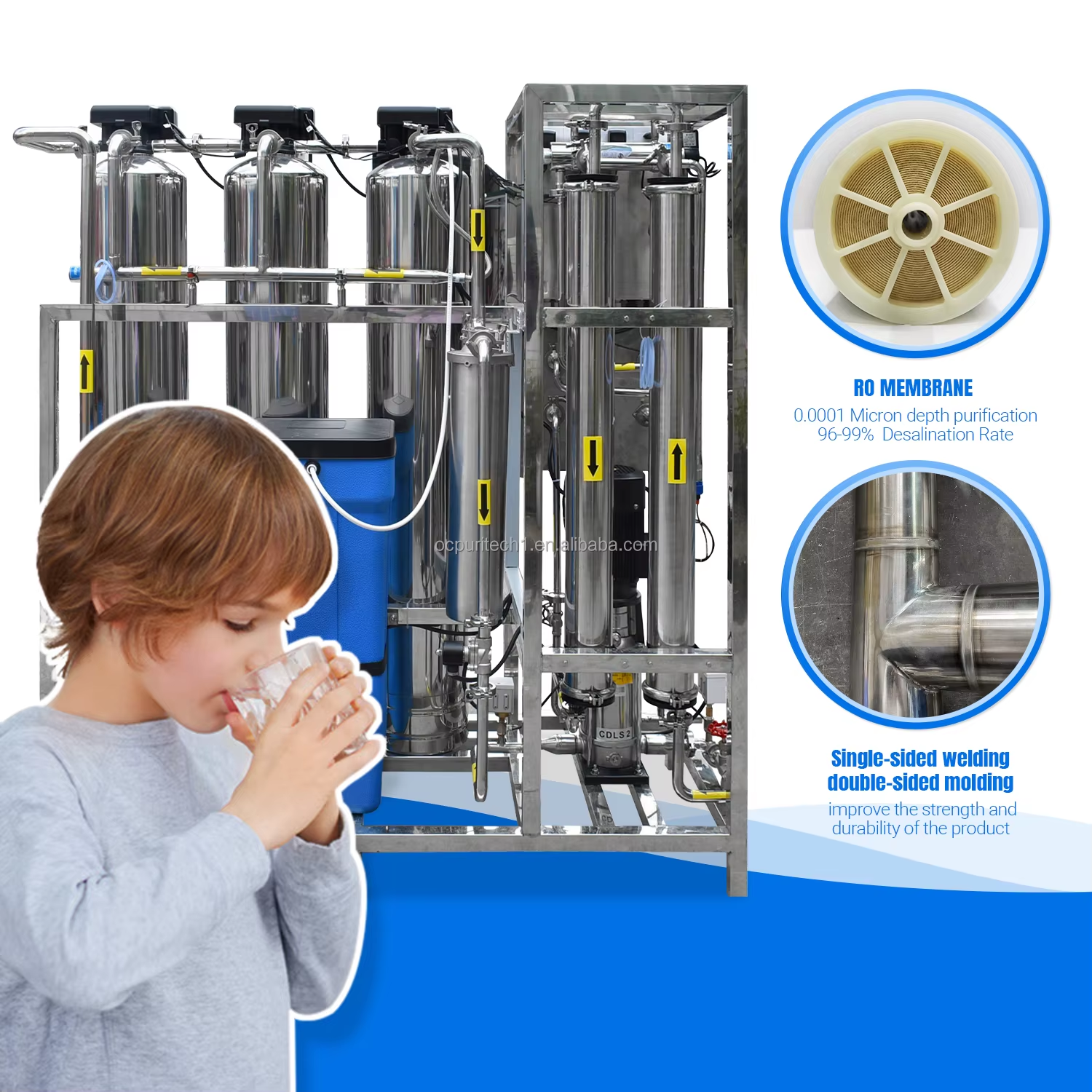What is the difference between domestic water standards and direct drinking water standards?
What is the difference between domestic water standards and direct drinking water standards?
There are significant differences between the standards for domestic water and direct drinking water in term
s of water quality requirements, treatment processes, and sanitary indicators. The main differences are as fo
llows:
1. Different water quality standards
Domestic water (tap water): complies with national standards such as the "Sanitary Standards for Drinking W
ater" (GB 5749-2022, China) or the WHO "Guidelines for Drinking Water Quality", ensuring basic safety, but m
ay contain trace impurities (such as residual chlorine, minerals, pipe sediments, etc.), and direct drinking is g
enerally not recommended.
Direct drinking water: implements the more stringent "Drinking Purified Water Quality Standards" (CJ 94-200
5, China) or "Bottled (Barreled) Drinking Water Sanitation Standards" (GB 19298), with higher requirements f
or indicators such as microorganisms, heavy metals, and organic matter, ensuring that it can be directly and
safely drunk.
2. Comparison of key indicators
Indicators Domestic water (tap water) Direct drinking water
Turbidity (NTU) ≤1.0 ≤0.5
Total dissolved solids (TDS) ≤1000 mg/L ≤300 mg/L
Residual chlorine (mg/L) 0.3~4.0 (≥0.05 at the end of the pipe network) ≤0.01 (no chlorine taste)
Total bacterial count (CFU/mL) ≤100 ≤50
Heavy metals (such as lead and cadmium) Meet the limit but may exist in trace amounts More stringent restri
ctions, close to zero detection
3. Different treatment processes
Domestic water: conventional treatment (coagulation → sedimentation → filtration → disinfection), mainly r
emove suspended matter and pathogenic microorganisms, and retain some minerals.
Direct drinking water: deep treatment (activated carbon adsorption → RO reverse osmosis/ultrafiltration → u
ltraviolet/ozone sterilization), remove almost all impurities and ensure purity.
4. Differences in usage
Domestic water: used for washing, laundry, cleaning, etc., can be drunk after boiling.
Direct drinking water: can be drunk directly without heating, such as bottled water, water from water purifier
s, and water supplied by direct drinking water machines.
5. International comparison
European and American countries (such as the United States and Germany): some tap water can meet direct
drinking standards (but old pipes may affect the water quality at the end).
China/developing countries: tap water generally needs to be boiled or filtered before drinking, and direct drin
king water relies on bottled water or commercial water purification equipment.
6. Summary
Domestic water guarantees basic safety, but direct drinking water is more strictly purified and monitored to e
nsure that it is ready to drink. If you drink tap water for a long time, it is recommended to install a water purifi
er or boil it to reduce health risks.
-
![800G1200G1600G2000G large flow water purifier ro reverse osmosis direct drinking commercial coffee shop household filter]()
800G1200G1600G2000G large flow water purifier ro reverse osmosis direct drinking commercial coffee shop household filter
Product parameters Product size: 439*316*560mm (*The size is measured manually, there are errors, please refer to the actual product) Applicable water source: Municipal tap water Water temperature requirement: 5C-40℃ Water inlet pressure: 0.1-0.4Mpa Filtration accuracy: 0.0001 micron Filtration level: 4-level filtration Product features 1. Intelligent core replacement reminder Water quality display 2. 4-core 4-level RO reverse osmosis filtration 3. About 1:1 low wastewater ratio 4. Effectively remove scale, bacteria, viruses, heavy metals, etc. 5. Support TDS water quality detection 6. Water for mothers and babies to drink directly 7. Universal filter element, low maintenance cost in the later stage
-
![Welcome Senegalese customers to visit our factory]()
Welcome Senegalese customers to visit our factory
On September 12, we welcomed two distinguished customers from Senegal. They contacted us online and were very satisfied with our products and services. They strongly requested to visit our company for a test drive. The customers paid a deposit of 30,000 US dollars. We went to the airport to pick up the customers and took them to visit our industrial water purification equipment production workshop. The customers expressed great satisfaction. The customers also said they needed other products and asked us to take them to see other products. The customers stayed in China for a total of one week, and we accompanied them throughout the whole process. The customers were very satisfied and placed an order for six containers with us.
-
https://fb.watch/zUQ9gDtAnz/
Get the latest price? We will reply as soon as possible (within 12 hours)














